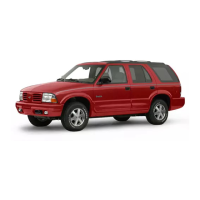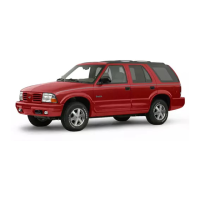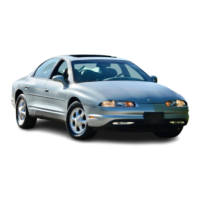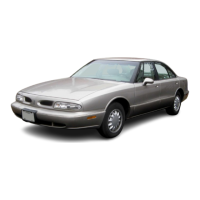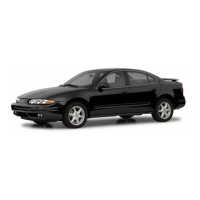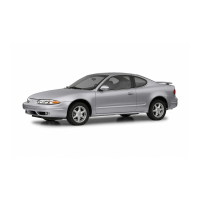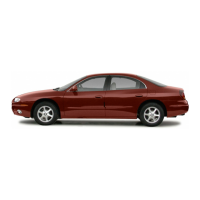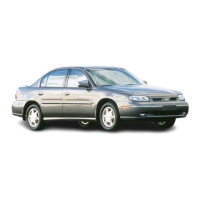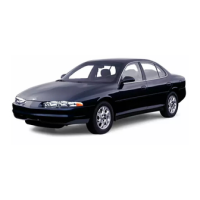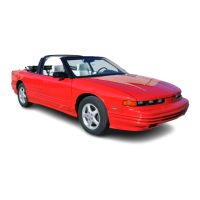NEUTRAL
(N):
In
this position, your engine doesn’t
connect with
the
wheels.
To restart when
YOLI’I-~
already
moving, use
NEUTRAL
(N)
only.
Shifting out of PARK
(P)
or NEUTRAL
(N)
while
your engine
is
“racing” (running at high speed) is
dangerous. Unless your foot is firmly on the
brake pedal,
your
vehicle could move very
rapidly.
You
could lose control and hit people or
objects. Don’t shift out of PARK
(P)
or
NEUTRAL
(N)
while your engine
is
racing.
I
NOTICE:
Damage to your transmission caused by shifting
out of PARK
(P) or NEUTRAL
(N)
with the
engine racing isn’t covered by your warranty.
AUTOMATIC OVERDRIVE
(@):
This
position is
for
normal driving.
If
you need
111o1-e
power for passing,
and you’re:
Going
less
than
about
35
rnph
(56
kidhj,
push your
Going about
35
mph
(56
kdhj
or
more,
push the
accelerator
peclal
about halfway down.
accelerator all the way
down.
You’ll
shift down
to
the next gear
and
have
more
power.
AUTOMATIC OVERDRIVE
(0)
should not
be
used
when towing
a trailer, carrying
a
heavy load, driving
on
steep hills
01-
for off-road driving. Select
THIRD
(3) when
operating the vehicle under
any
of
these conditions.
THIRD
(3):
This position
is
also used for normal
driving, however
it
offers
more
power but lower fuel
economy than AUTOMATIC OVERDRIVE
(@I.
You
should
LIS~
THIRD
(3)
when towing
;I
trailer, carrying
a
heavy
load,
driving
on
steep hills
or
winding roads or
for off-road driving.
SECOND
(2):
This position gives you more power
but
lower fuel economy.
You
can
use SECOND
(2)
on
hills.
It
can help
control
your speed
as
you
go
down steep
mountain roads,
but
then you would
also
want
to
use
your txakes off’
and
on.
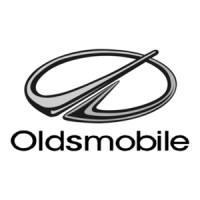
